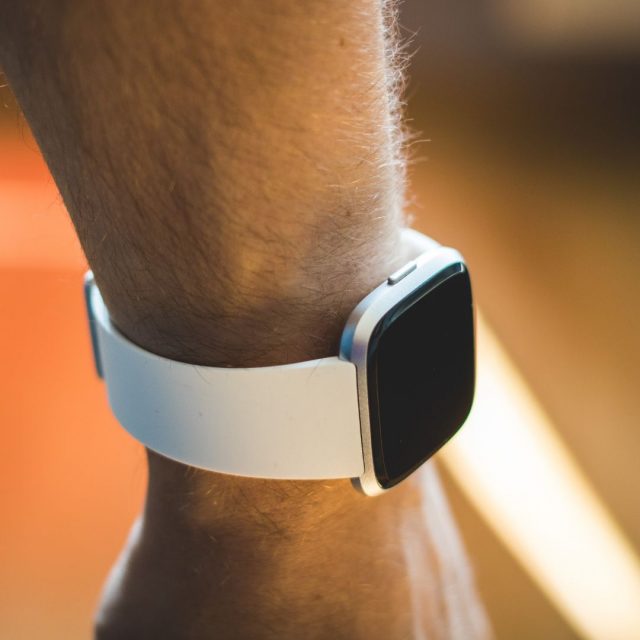Wearable technology fitness trend
Wearable technology is indeed considered a significant fitness trend by the American College of Sports Medicine (ACSM) in 2023. Wearable technology includes devices like fitness trackers, smartwatches for instance. And other sensor-based gadgets that individuals can wear to monitor various aspects of their physical activity, such as steps taken, heart rate, sleep patterns, and more. These devices often sync with smartphone apps or online platforms, allowing users to track and analyze their fitness data.

Wearable technology was popular for several reasons:
- Fitness Trackers: fitness trackers like Fitbit, Garmin, and Apple Watch are popular choices for monitoring physical activity. These devices can track steps, heart rate, sleep patterns, and more, helping individuals set and achieve fitness goals.
- Smart Clothing: Smart clothing embedded with sensors is gaining traction. These garments can monitor various health metrics, including heart rate, muscle activity, and body temperature, providing real-time feedback to wearers.
- Health Monitoring: they are becoming more integrated with health monitoring features. Some devices could detect irregular heart rhythms, blood oxygen levels, and even ECG data, potentially aiding in early disease detection.
- Sports-Specific Wearables: Wearables designed for specific sports or activities were becoming more prevalent. For example, golfers could use wearables to track their swing, and runners could get detailed metrics on their performance.
- Nutrition Tracking: Some of them incorporate features to track nutrition and hydration. Users can input their dietary intake, and the device would provide insights into their nutritional balance.
- Recovery and Sleep Tracking: Recovery and sleep tracking become important for fitness enthusiasts. They can provide recommendations for rest and recovery based on an individual’s activity levels.
- Gamification: Many fitness wearables incorporate gamification elements to make exercise more engaging. Users can earn rewards, compete with friends, or participate in challenges to stay motivated.
- Integration with Mobile Apps: They often sync with mobile apps, allowing users to view their data, set goals, and analyze their progress over time.
- Biometric Data: Some of them start incorporating biometric data like stress levels, skin temperature, and galvanic skin response to provide a more comprehensive picture of an individual’s health and fitness.
- Fashion and Style: Wearable technology is also becoming more fashionable and customizable, allowing users to express their personal style while wearing fitness trackers and smartwatches.
- Health and Wellness Ecosystems: Companies are developing ecosystems around their wearable products, offering additional services like virtual coaching, dietary advice, and telehealth consultations.
- Privacy and Data Security: Concerns about the privacy and security of personal health data collected by wearables are growing. Companies are working to address these concerns by implementing robust data protection measures.
Conclusion:
It’s important to note that fitness trends can change over time as new technologies and approaches emerge. To get the most up-to-date information on fitness trends. For that you should refer to the latest reports and publications from organizations like the ACSM (https://www.acsm.org) or consult with fitness experts and professionals (Home).

